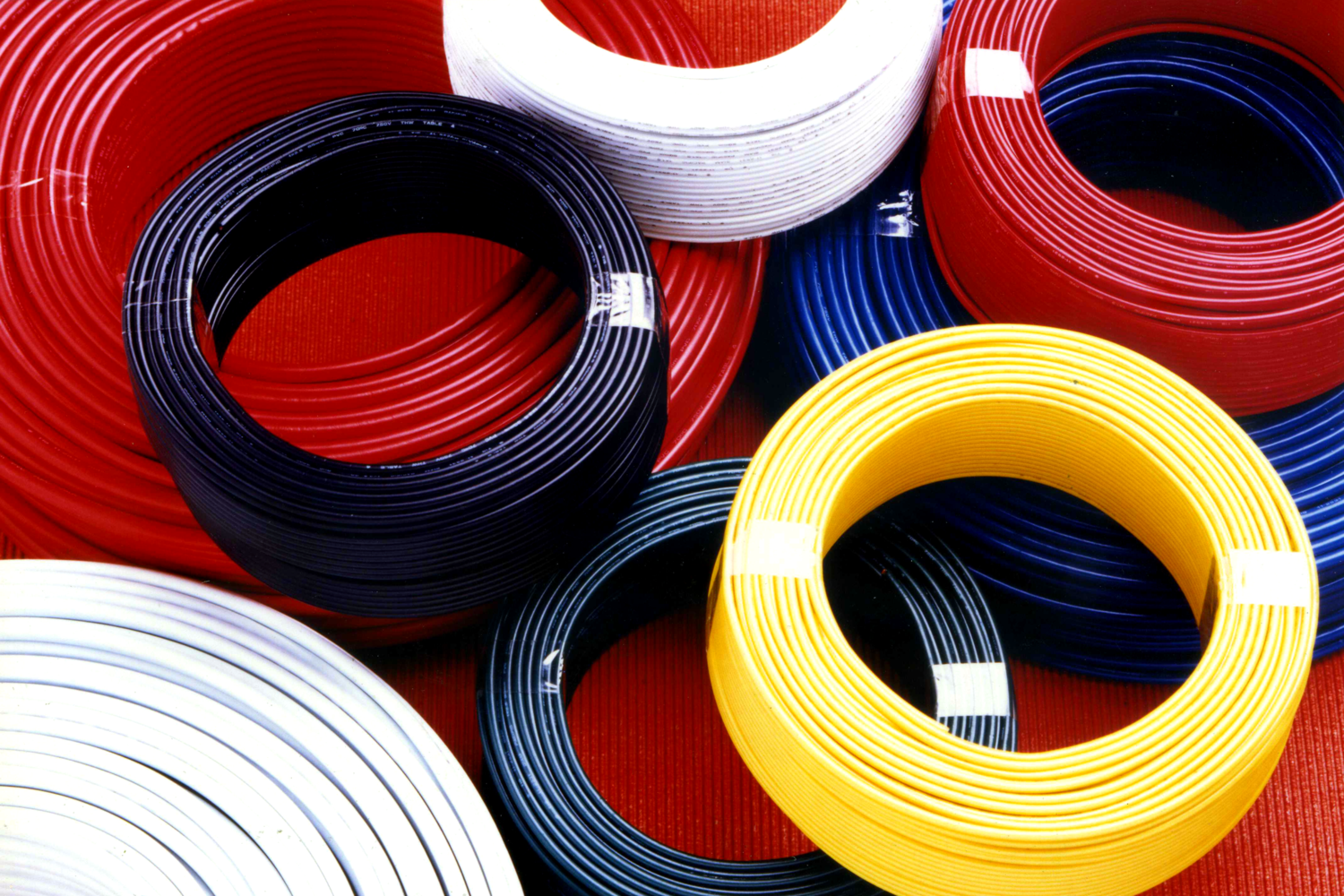Electrical copper wires play a pivotal role in guiding and shaping the industrial development of any state. Therefore, it becomes imperative for manufacturing units to keep in mind the quality and durability of these wires.
Electricity has become a synonym for the industrial and economic development of the country. The demand for a 24X7 power supply has increased the pressure on PSUs to generate and transmit power to all the households.
This could be surmised from a simple fact that India’s production of electricity was 1362 MW in the year 1947 which has boosted to 267 GW as per data collected in March 2015. The per capita electricity consumption has also gone up from a mere 16.3 KWh in the year of independence to 1010 KWh in the year 2015 according to a research paper published in the journal of Indian Electrical & Electronics Manufacturers’ Association (IEEMA).
The impetus for transforming all sectors of our economy, namely, Primary, Secondary, and Tertiary could be augmented by selecting a proper type of electrical copper wire. This could make our machines and engines more energy sufficient.
What is an electrical copper wire?
It is an assemblage of electric grade copper in a ductile form having a protective covering of an insulator which also binds these conductors. These cables are used to transmit current (I). The protective sheath is used to isolate the conductors from other things which might result in loss due to electric short circuits or other fatal accidents and loss of power.
Electrical power cables come in myriad sizes and varieties depending upon the use. Insulated copper wires or any other power cables could be divided into three parts as follows:-
- Conductors drawn in wires
- Insulation
- Protective covering for external interventions
Following factors are taken into consideration in the making of copper wires:-
- Voltage
- Current carrying capacity
- Thickness and quality of insulation
- The cross-sectional size of the copper wire
- Resistance
- Temperature
- Exposure to chemicals
- Exposure to water or sunlight
- Mechanical durability
Copper wires that are directly buried deep underground and exposed like wires used in transmitting current may have a metal armor in a form of a light but strong wire mesh that is wrapped around the wire to make it durable. The wire mesh is ideally made of steel or Aluminium. They are designed in such a way that despite the fact they are connected with earth wire, they don’t carry current in them.
Stranded copper and aluminum is widely used for making electrical wires. The cable may contain an extra insulated conductor for neutralizing the circuit and earth connections. Some electric wires that are used outdoors may be devoid of any protective covering or sheath. If the cable is made of stranded copper wires, they are necessarily enclosed in a sheath.
The materials used for protective sheaths are determined on the basis of their resistance to following things:-
- Water
- Underground pressure
- Oil
- Chemicals
- Sunlight
- High temperatures
There is a need to produce copper wires keeping these in mind because the growth of our economy depends on the proper functioning of power supplies.
